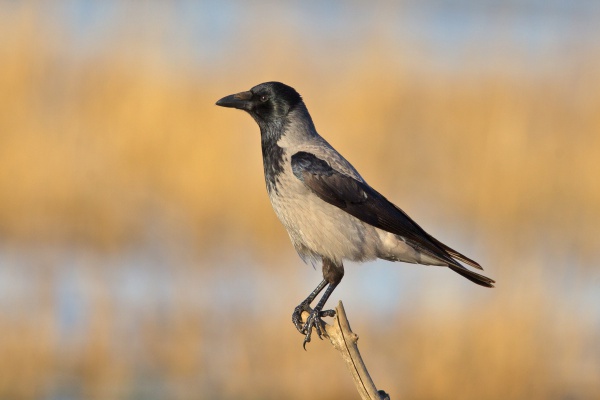Facts About Hooded crow
The hooded crow, scientifically known as Corvus cornix, is a bird native to Eurasia. It is referred to by various names depending on the region, including Scotch crow, Danish crow, and grey crow. Although it was initially considered a subspecies of the carrion crow due to their similar appearance and behavior, it was officially recognized as a separate species in 2002. This bird is easily identifiable by its mostly grey body with black markings on its head, throat, wings, and tail.
There are four recognized subspecies of the hooded crow, with the Mesopotamian crow potentially meriting its own species status. These birds are found across Northern, Eastern, and Southeastern Europe, as well as parts of the Middle East. Like many corvids, they build their nests out of sticks in trees or on cliffs.
Hooded crows are omnivores and consume a wide variety of foods, including small mammals, insects, carrion, and eggs stolen from other birds. They are known for their clever habit of hiding food to consume later. Interestingly, they also serve as secondary hosts for the great spotted cuckoo. Despite being targeted by farmers and hunters, the hooded crow population remains stable, with an estimated 14 to 34 million individuals in Europe alone.
In folklore and culture, the hooded crow holds a special place, particularly in Celtic and Faroese traditions. It is associated with various beliefs and superstitions and has been depicted in art, literature, songs, and stories. This bird's presence in cultural narratives highlights its enduring connection to human societies across different regions.

 Ireland
Ireland